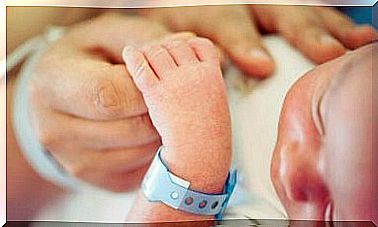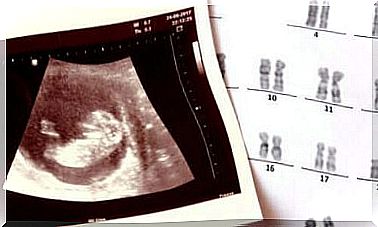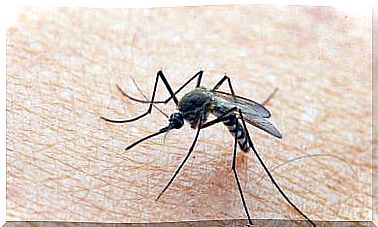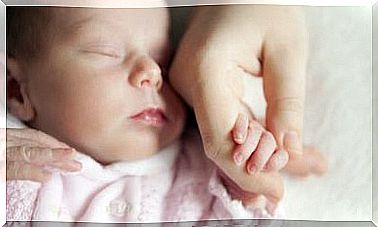Baby Language: Everything You Need To Know

You have probably noticed how adults talk to infants and young children. They change their intonation and language melody, a phenomenon called baby language.
It is important to remember that language is a skill that children gradually develop over several years. In this respect, how parents express themselves with their children is an important factor in the acquisition and learning of a spoken language. In this article, we will take a closer look at baby language.
What is baby language
Baby language is about how adults – and even children over the age of six – adapt their language when communicating with young children. This way of expressing oneself is characterized by a modulation of three basic aspects of spoken language:
- Duration
- Intensity
- Frequency
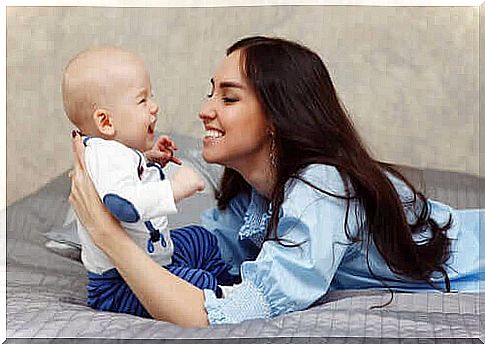
According to speech therapist Marc Monfort, the essential characteristics of baby language are the following:
- Slow pace.
- Light voice.
- Well-defined pronunciation.
- Expressive intonation.
- Short and simple sentences.
- Redundancy, ie that you often repeat parts of or the whole phrase.
- Limited number of words, in general you choose the simplest form and use diminutives.
- Continuous references to the context.
- Non-verbal language, with gestures and subsequent spoken language.
What is the purpose of baby language?
Baby language serves to adapt the language to the toddlers’ specific needs and evolutionary pace. In this way, they get abundant, suitable and varied language models.
The adaptations serve the purpose of creating effective and communicative understanding on the part of the child. Therefore, the purpose of baby language is to provide basic help to imitate and learn spoken language.
As I said, small children are usually spoken to very simply and slowly, with a clear pronunciation and limited vocabulary. As a result, this allows the child to be more attentive and facilitates the initiation and continuation of long and interesting conversations.
Other guidelines for talking to children
Parents should pay special attention to how they communicate with children. Talking to them is very beneficial and enriching, especially during the early stages of development.
In addition to baby language, there are many other strategies to apply to talking to children with maximum efficiency.
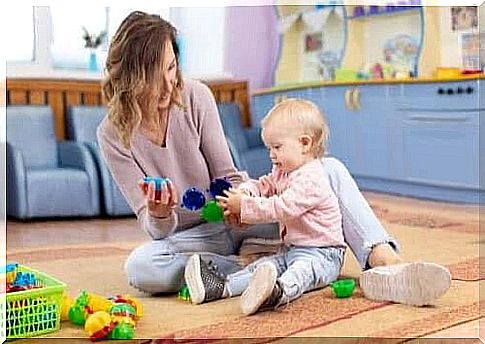
Some of these guidelines for stimulating language in infants and young children include:
- Get down to the level of the child and make eye contact.
- Have playtime where the child’s capacity for spoken language and listening is stimulated.
- Learn rhymes and rhymes and say them often.
- Engage the child in everyday activities, such as going shopping.
- Actively listen, repeat and rephrase what the child has tried to say.
- Use positive reinforcement.
Baby language: Conclusion
Spoken language is a natural ability that children acquire through a series of communicative exchanges with their environment from birth. In particular, children learn to speak by listening to their family, especially their parents.
Ultimately, this is why it is so important to use baby language and other forms of positive communication patterns with young children.


